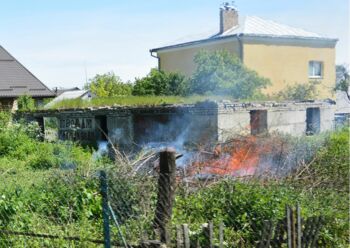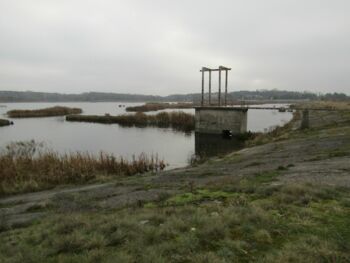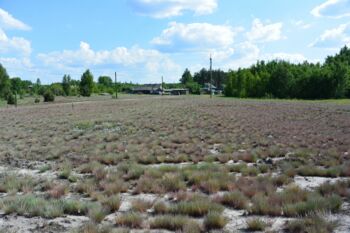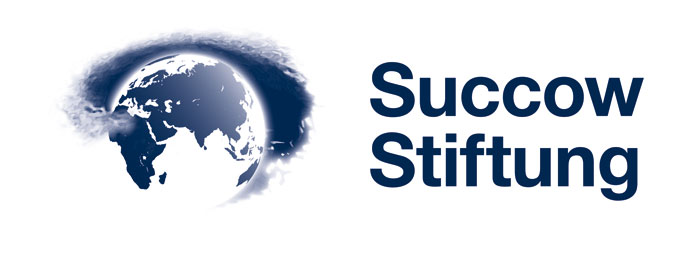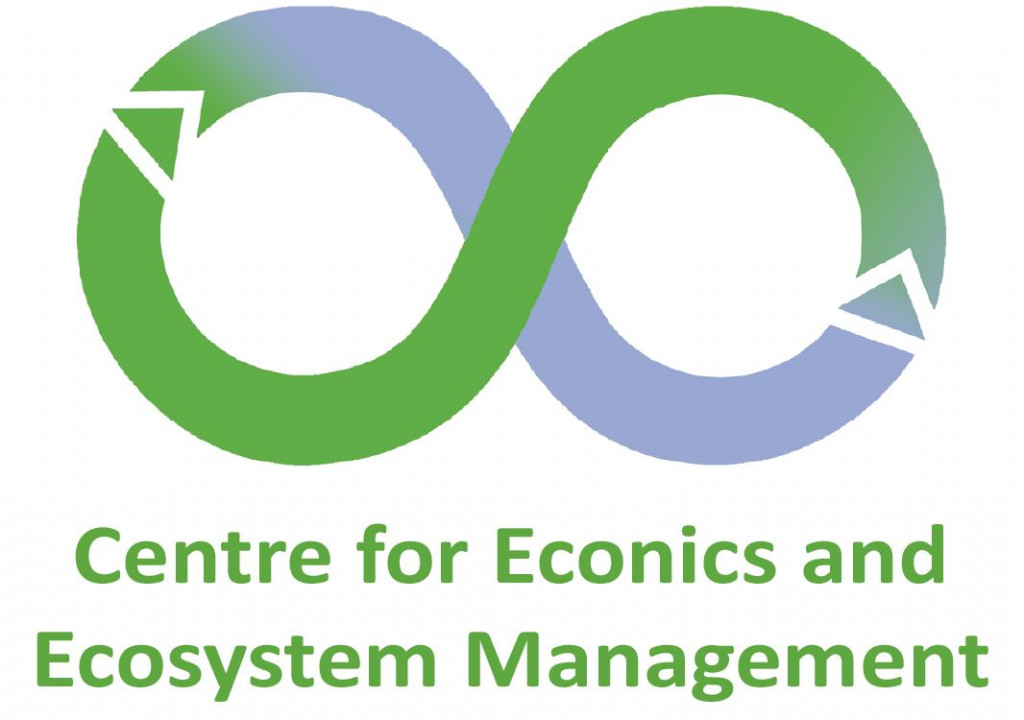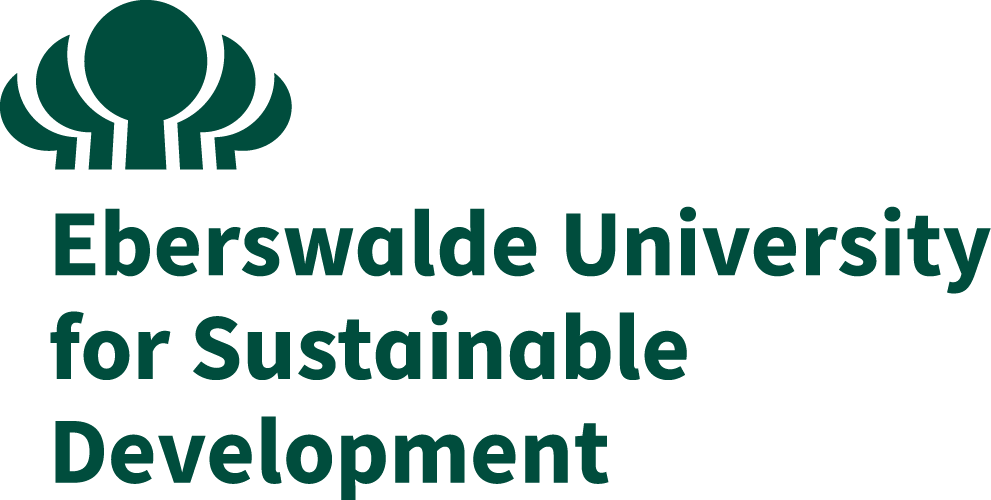Land Use
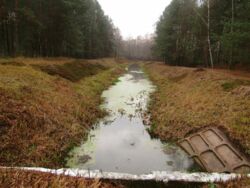
Excessive, sometimes uncontrolled land and resource use put pressure on nature by destruction and degradation of ecosystem functions, leading to higher vulnerability. In the research areas, the dominant land uses are forestry and agriculture. Hydrotechnical melioration and land conversion have played a crucial role for the current state of ecosystems.
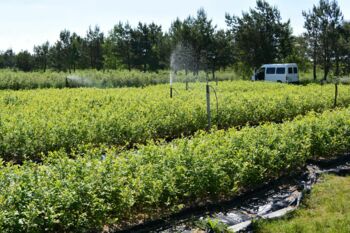
Mainstream, intensive forest management practices like clear-cutting, monoculture cultivation, and overharvesting degrade and harm forest ecosystems. Both past and present intensive and extensive agricultural activities cause land conversion, soil degradation, loss of humus, soil compaction, erosion, and salinization. Soils become marginalized as the crop yields decrease. High levels of fertilizers, insecticides, fungicides, and herbicides are often used to (re-)cultivate and plant.

Land use activities make the forest-, water and wetland, grass- and cropland-ecosystems less resilient to climate change and reduce the nowadays urgently needed regulating functions and capacities. Other examples of land use types putting pressure on the ecosystems are intensive aquaculture, urban and infrastructure development, mining, tourism, and uncontrolled recreational activities.
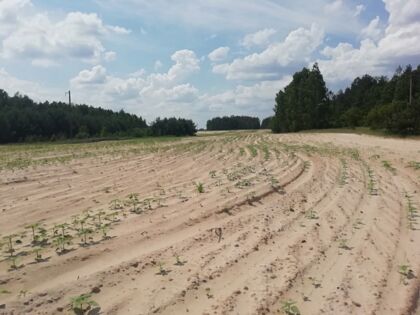
Agriculture and aquaculture
- Abandoned land (degraded)
- Conversion of natural ecosystems to agricultural lands
- Increased water use by agriculture
- (Uncontrolled) use of pesticides and herbicides
Risks and effects:
- Soil erosion
- Decrease of humus content due to non-organic agriculture
- Increased water loss by evapotranspiration (by agriculture)
Forestry
- Clear-cutting
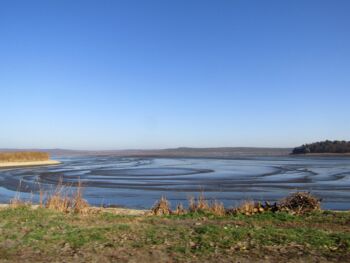
Agriculture and aquaculture
- Agricultural land abandonment
- Cultivation of grasslands (conversion to cropland)
- Burning of agricultural remains and weeds
- Succession planting/cropping (in agricultural lands)
- Use of agricultural machinery
- Increase of chemical and fertilizer use in agriculture
Risks and effects:
- Soil erosion

Forestry
- Clear-cutting
- Monoculture
- Illegal logging
- Deforestation
Risks and effects:
- Expansion of pathogens and pests (more frequent)
- Alien species expansion (shrub and forest encroachment)
Biological resource use

Agriculture and aquaculture
- Intensive agricultural activity
- Overharvesting of fish resources
- Use of pesticides and herbicides
Risks and effects:
- Soil erosion
Forestry
- Clear-cutting
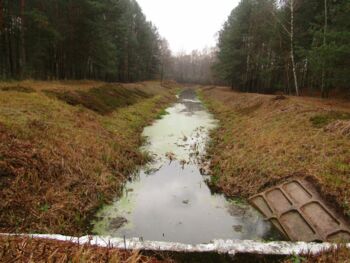
- Monoculture
- Illegal logging
- Deforestation
Biological resource use
- Unlimited harvest of forest resources (mushrooms, berries)
- Poaching
Natural system modification
- Drainage and melioration
- Hydrotechnical melioration (reclamation)
